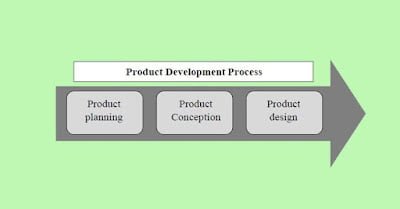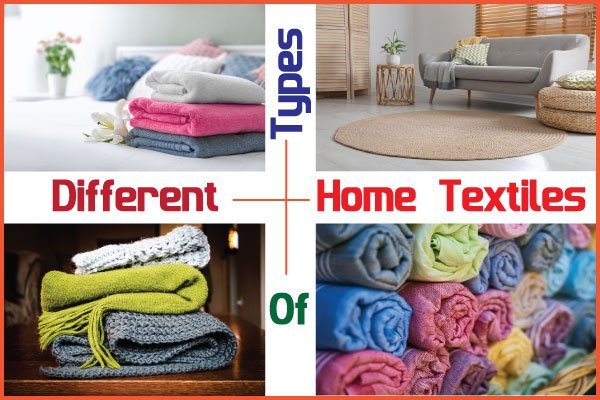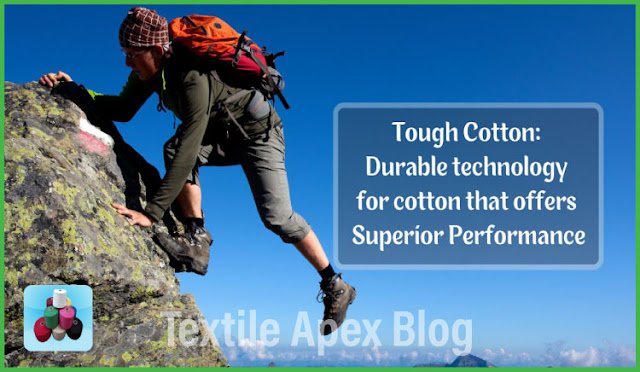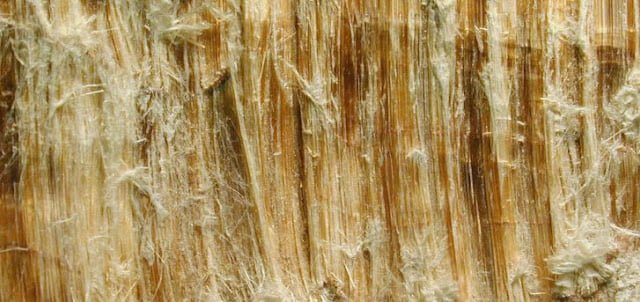Systematic Development of Technical Textiles
Last updated on February 21st, 2024 at 07:16 pm
Technical textiles are utilized in a range of goods, ranging in size from tiny to extensive. Various characteristics of useable equipment and procedure stymie the execution of innovative textile product concepts. To finalize functional finishes for textiles and assure product quality, technical textiles applications must be developed.

Development Methods
To Improve the textile industry; we need to look at product development first. The quality of the product and the ancillary aspects need to be considered based on the buyer’s point of view. Here we propose a new method for the systematic development of technical textiles. Supporting techniques, primary production methods throughout product development and building methods are all examples of these approaches.
Regardless of the market or application sector, the processes in the generation of different products are comparable. The planning of the product, the product conception, and the product design are all essential aspects of the general product development methods.

Product Planning
At the beginning of any product plan, the market demand of the product must be reviewed because you have to supply according to the demand. Customer needs and competing products are thoroughly examined, and a cost-benefit analysis is performed. The conditions should be quantified, and in most cases, more requirements will need to meet all of the criteria.
Product Conception
The search for effective options for the new product is included in the product conceptualization. The most appropriate solutions are picked using assessment criteria. During this phase of product development, the best manufacturing technique must be determined.
Product Design
The last phase, product design, entails the object’s actual fabrication. The term “product development” refers to the whole life cycle of a product. This process begins with a market analysis and ends with the introduction of the finished product. Products design is simply one step in the process of developing a product’s design.
Production Development
The next step in the development of a product is the development of the product. Product development involves essential concepts such as technology, parameters, and production used in production. These are discussed in detail below:
Requirement Definition
The identification of a textile manufacturing product’s requirements is critical to its development. The properties of the cloth change depending on the use. As a result, the first stage is to determine the required criteria. Overall needs gathered at a workshop with developer specialists.
Soft, strong, and good climatic comfort are examples of terms used to describe the overall needs. The characteristics of these general criteria are frequently non-measurable. As a result, if a benchmark or comparable product exists, it is evaluated to determine quantifiable qualities.
Technology Selection
Based on the conditions of the intended product in development, appropriate technology must be chosen. Weaving, weft and warp knitting, braiding, non-woven manufacturing, and custom textiles are all examples of fabric manufacturing techniques. All of these technologies may be split further based on their size, structure, and configuration. Furthermore, production and cost prosperity are taken into account while making a technological choice.
This technique step’s objective is to lay out all of the various manufacturing methods for the intended product. This makes it possible to extend the scope of the development cycle. Finally, the optimal technological solution for both the technical textiles applications will be chosen, with the remaining procedure stages to follow. The approach of a development catalogue is utilized to develop a robust technology selection method.
Parameter Correlation and Transformation
The input parameters are indeed the factors that determine the output qualities. To determine the correct input for the required outcome, input and output characteristics must be associated using a Design of Experiment research. Different operating parameters can be modified based on the selected technology.
With the aid of tendencies, the stated parameters must be converted into machine data and quantifiable quantities. The textile manufacturing equipment determines input factors such as materials, structure, and machinery setting.
Production
Production is the last phase in the textile development process. Different types of machines are used to produce a product. The machine must be set up for the new product’s manufacturing. The setup is done according to the process parameters, and the machine must generate as much product as required.
Technical Textiles Finishing
As practical uses, technical textiles finishing play a vital role in infrastructure development, agricultural, medicinal, hygienic, and safety equipment. As a result, finishing techniques must provide durability, heat resistance, thermal stability, breathability, IR emission, and other properties. Depending on the use, these characteristics may be permanent or transitory.
Finishing enhances the fabric’s aesthetics or usability or imparts specific desired qualities. Functional and aesthetic finishes are the two types of textile finishing. Aesthetic treatments improve the fabric’s look and handling characteristics. Functional finishes are used to change qualities like durability, care, and comfort.
Functional Finish for Textile
In recent years, functional finishes that tackle comfort and security have increased in importance. Functional finishes improve the fabric’s performance and qualities such as stability, strength, and so on. Feature-changing functional finishes can be used to add desirable properties to a fabric or to alter an undesired property to a more desirable one. Many of these treatments give a cloth many properties. Functional finishes have now been effectively applied to a wide variety of fabrics to impart many technological characteristics.
Types of Functional Finishes
There are various kinds of Functional finishes are available in the textile platform. Below is the list of Functional finishes.
Antimicrobial Finishes
This kind of Finishing prevents germs from growing on the fabric’s surface. It also maintains cleanliness and freshness, prevents or removes microbiological stains, and inhibits unpleasant odor. Wherever it is used, this Finish extends the life of the goods.
Antistatic Finish
Although antistatic fibers are accessible for high-tech textiles, topical anti-static treatments are most commonly used for garments. However, they have a number of drawbacks: they either are soft and smooth but not durable, or they are durable but have a very harsh grip.
Cool Finish
There are three methods in which the cool finishing technology operates. The moisture management method is used in the cool Finish. This surface uniformly absorbs and distributes sweat, providing an excellent feeling to the wearer.
Flame Retardant Finish
Flame retardants are compounds that are used to make combustible materials less flammable. They’re made to reduce fire risk if they come into touch with a tiny heat source. The flame retardant will prevent the fire from spreading to other things if the material is lit.
UV Protective Finish
UV Protective Treatment is a specialized finish that shields the cloth from harmful UV rays. This type of Finishing protects the human body’s underlying tissues from UV rays. It also shields against relatively brief radiation, such as those between 100 and 400 nm.
Final Thought
Several broad technique methods are available commercially to undertake a systematic development of new goods. However, there was no specialized way for developing technical textiles before. A novel method was created and presented to ease the process of generating new textile goods.
You may also like:
01. What is Technical Textile: Definition and Meaning
02. What is Medical Textile | Application Area of Medical Textile




A cone calorimeter is a device used to study the fire behavior of small samples of various materials in condensed phase.
Your very own commitment to getting the message throughout came to be rather powerful and have consistently enabled employees just like me to arrive at their desired goals.
Thank you for being of assistance to me. I really loved this article.